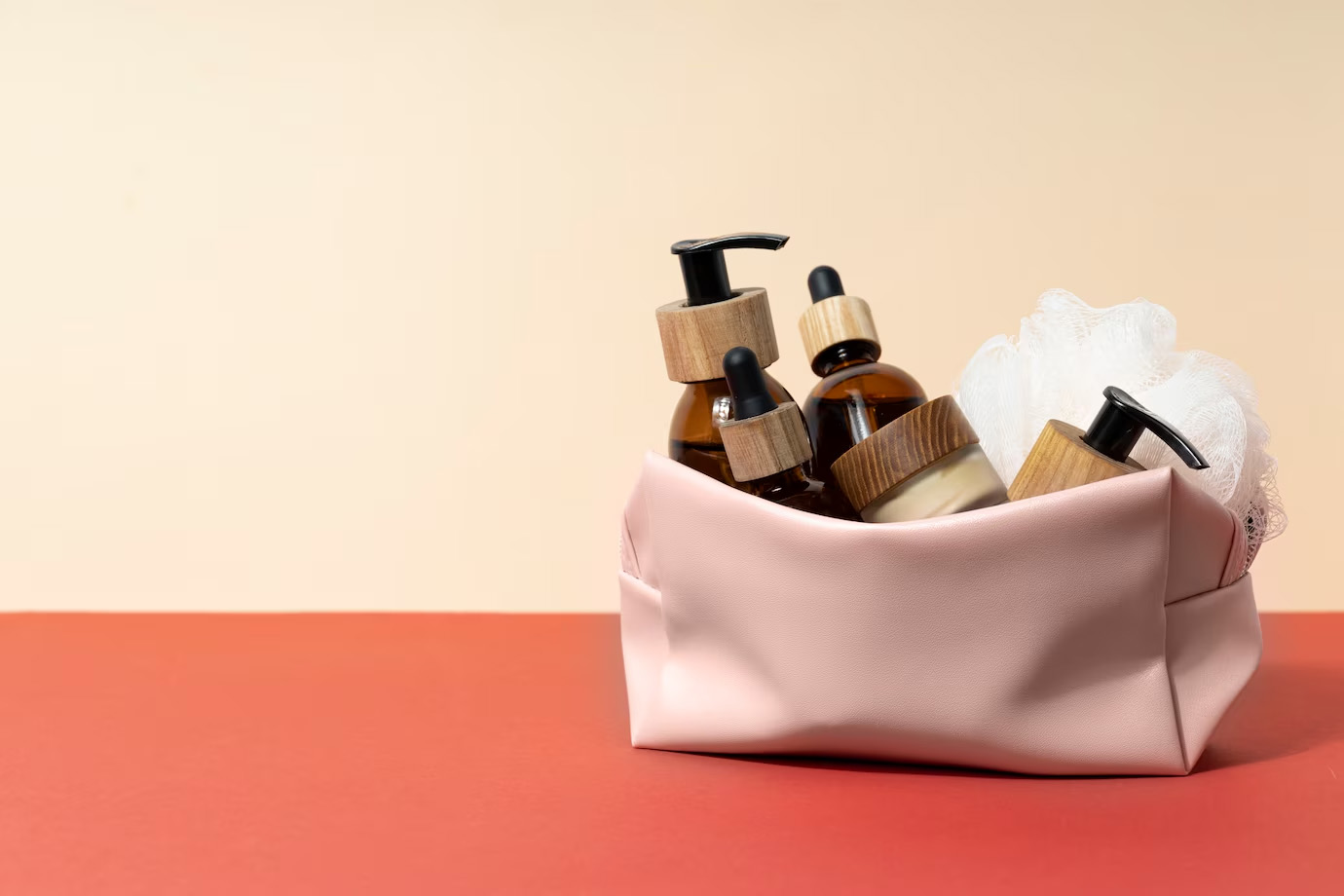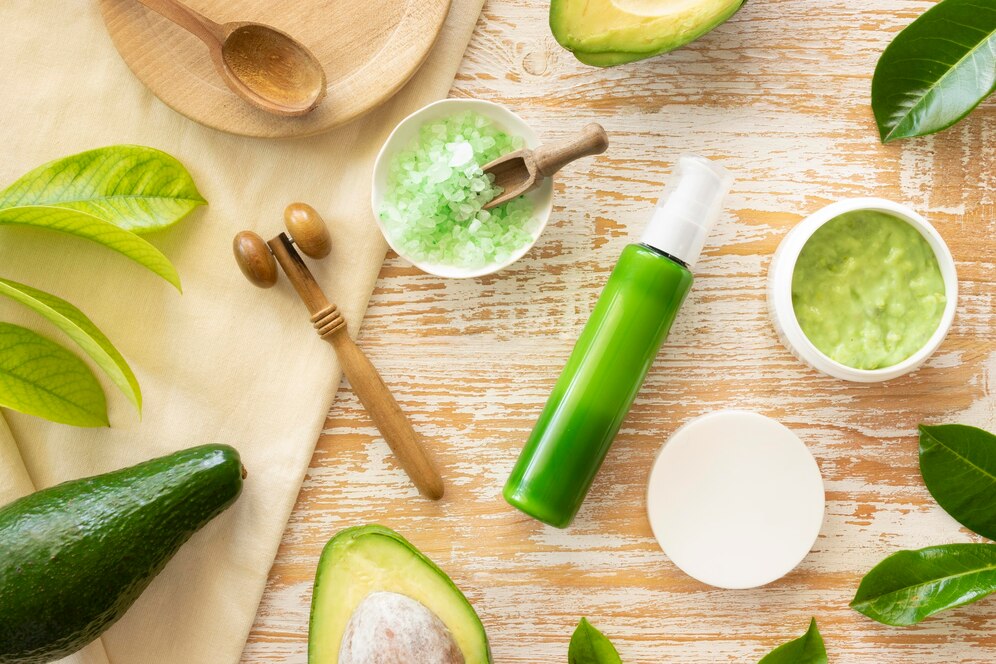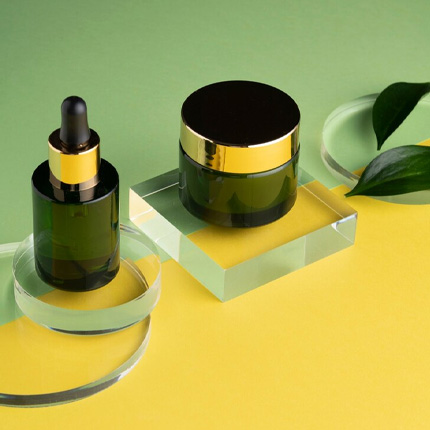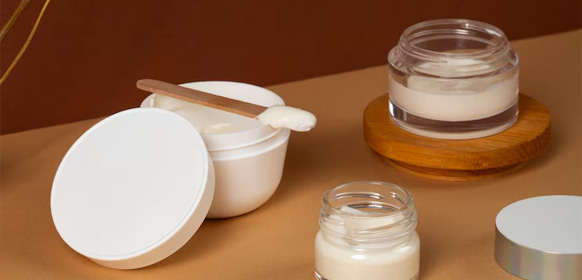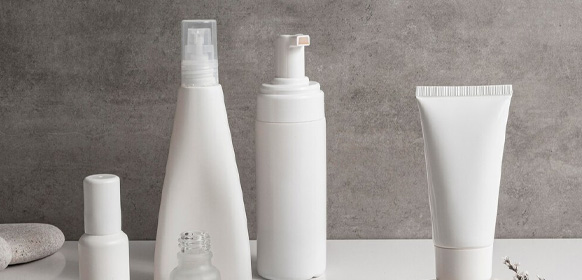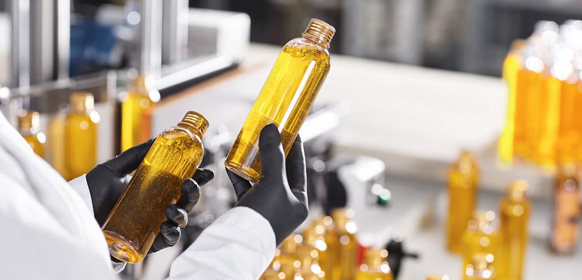
In today’s fast-paced consumer goods market, brands face a critical decision when outsourcing production: prioritize cost efficiency through mass production or embrace agility with flexible订单. This dilemma is particularly acute for skincare, hand care, and food care brands, where evolving consumer preferences, regulatory changes, and supply chain uncertainties demand strategic flexibility. As a brand owner, selecting the wrong OEM model can lead to excess inventory, delayed launches, or missed market opportunities.
This article dissects the pros and cons of mass production and flexible订单, offering actionable insights to help brands align their manufacturing strategy with business goals. By understanding key factors like minimum order quantities (MOQs), production scalability, and risk management, you’ll gain clarity on which approach—traditional mass production, hybrid models, or fully flexible order —best suits your brand’s lifecycle, budget, and market demands.
1. Understanding the OEM Landscape: Why Production Models Matter
The OEM industry is no longer a one-size-fits-all landscape. Brands must navigate a spectrum of production models, each with distinct advantages and trade-offs.
- Mass Production: Ideal for established brands with stable demand and predictable sales cycles. It leverages economies of scale to reduce per-unit costs, making it cost-effective for large-volume orders. However, it requires high upfront investments, longer lead times, and carries risks if demand shifts unexpectedly.
- Flexible Orders: Tailored for emerging brands, seasonal campaigns, or niche markets. Flexible OEM partners offer smaller MOQs, faster turnaround times, and the ability to pivot production based on real-time data. While more expensive per unit, this model mitigates inventory risks and supports rapid innovation.
Key Consideration: Your brand’s stage (startup vs. mature), product lifecycle (seasonal vs. evergreen), and market volatility will dictate which model aligns with your risk tolerance and growth objectives.
2. Mass Production: Cost Efficiency vs. Risk
Mass production remains the backbone of many established brands’ supply chains. Its benefits are clear:
- Cost Savings: Lower per-unit costs due to reduced labor and material overheads.
- Scalability: High-volume output meets consistent demand, ensuring product availability.
- Predictability: Stable workflows simplify logistics and inventory management.
However, the drawbacks are significant:
- High MOQs: Typically require orders of 10,000–50,000 units, locking brands into large commitments.
- Rigid Lead Times: Production cycles of 6–12 weeks limit responsiveness to market changes.
- Inventory Risks: Overproduction can lead to deadstock, especially in volatile categories like beauty or food care.
Case Study: A skincare brand launching a new line of hand creams might opt for mass production to meet projected annual demand. However, if consumer trends shift toward foot care products mid-production, the brand could be left with excess hand cream inventory.
3. Flexible Orders: Agility for the Modern Market
Flexible OEM models are gaining traction as brands seek to balance innovation with risk mitigation.
- Lower MOQs: Start as low as 500–2,000 units, enabling small-batch testing of new products.
- Faster Turnaround: Production cycles of 4–8 weeks allow quicker time-to-market.
- Scalability on Demand: Partners like Huanyanoffer hybrid models where brands can scale up production based on sales performance.
Key Advantage: Flexible订单 empower brands to experiment with limited-edition collections, regional launches, or sustainability initiatives without overcommitting resources.
Example: A hand care brand launching a holiday-themed collection can produce 1,000 units initially, scaling up if pre-orders exceed expectations.
4. Hybrid Models: Bridging the Gap
For brands seeking a middle ground, hybrid OEM models combine the cost benefits of mass production with the agility of flexible订单.
- Phased Production: Order 30% upfront, then adjust subsequent batches based on sales data.
- Modular Factories: Facilities like Huanyan’sin Zengcheng, Guangzhou, use modular equipment to switch between small- and large-scale production seamlessly.
- Data-Driven Adjustments: Collaborate with OEMs offering real-time analytics to monitor market trends and adjust production accordingly.
Outcome: Reduced financial risk while maintaining the ability to scale during growth phases.
5. Choosing the Right Model: A Decision Framework
To determine the optimal OEM strategy, ask:
What is your brand’s growth stage?
- Startups/innovators: Prioritize flexible订单 for experimentation.
- Established brands: Mass production may offer better ROI.
How volatile is your market?
- Skincare and food care (high volatility): Opt for flexibility.
- Stable categories (e.g., basic hand care): Mass production.
Can you afford inventory risks?
- High MOQs = higher financial risk if demand drops.
Do you need rapid innovation?
- Limited-edition launches or sustainability campaigns require flexibleorder.
Conclusion: Aligning OEM Strategy with Brand Goals
The choice between mass production and flexible订单 is not binary but context-dependent. Brands must weigh cost, agility, and risk tolerance against their long-term objectives. By partnering with OEMs like Huanyan, which offers scalable solutions tailored to diverse needs, brands can future-proof their supply chains while staying competitive.
Final Tip: Regularly review your OEM model as your business evolves. What works for a startup today may not suit a global brand tomorrow.
